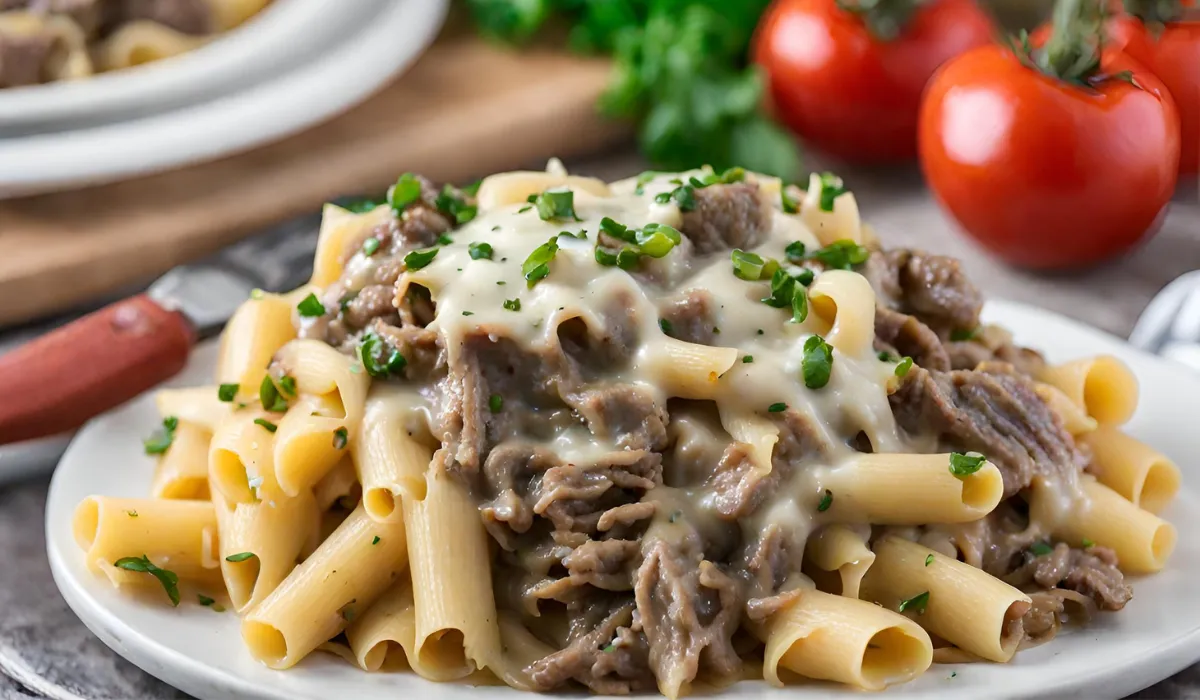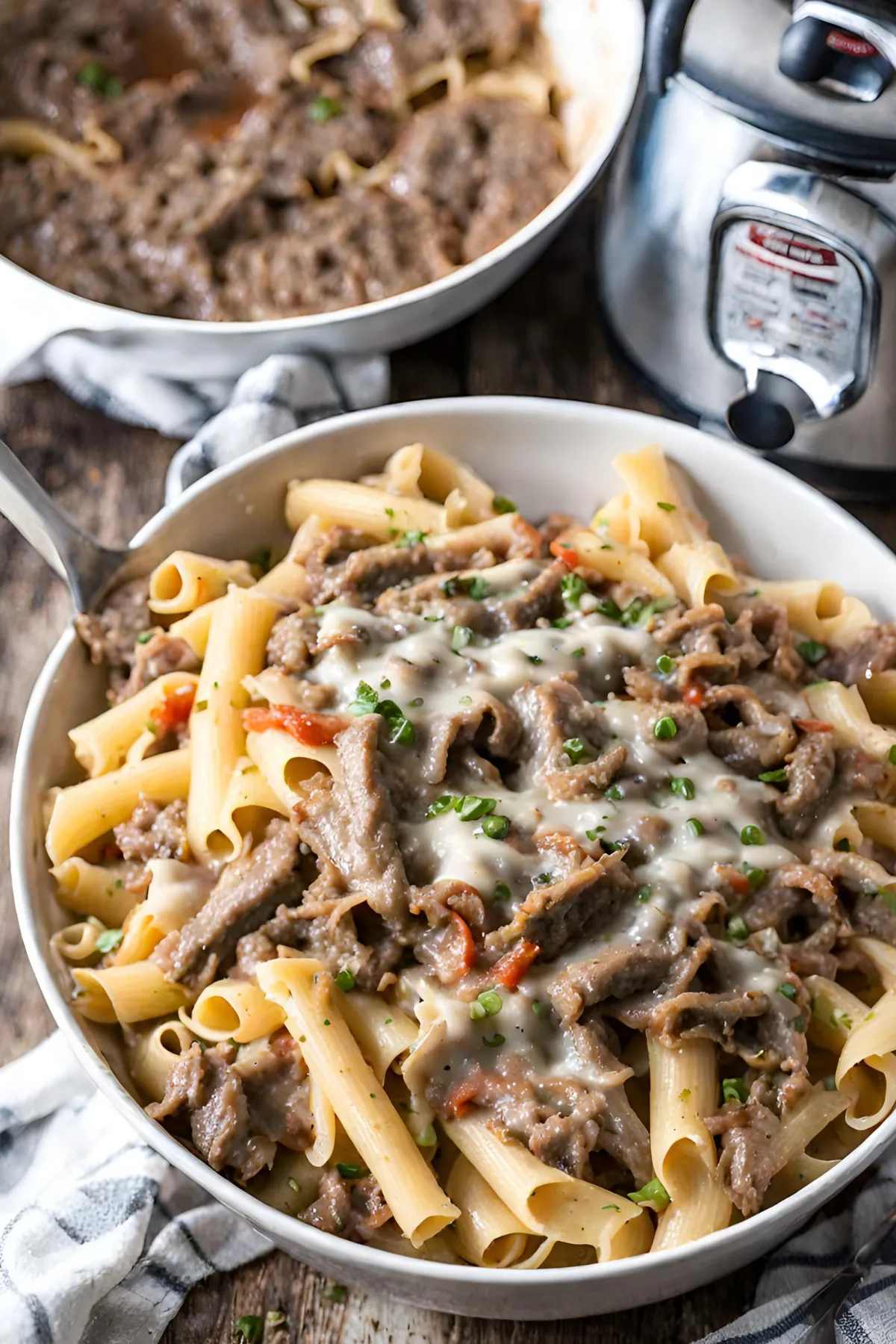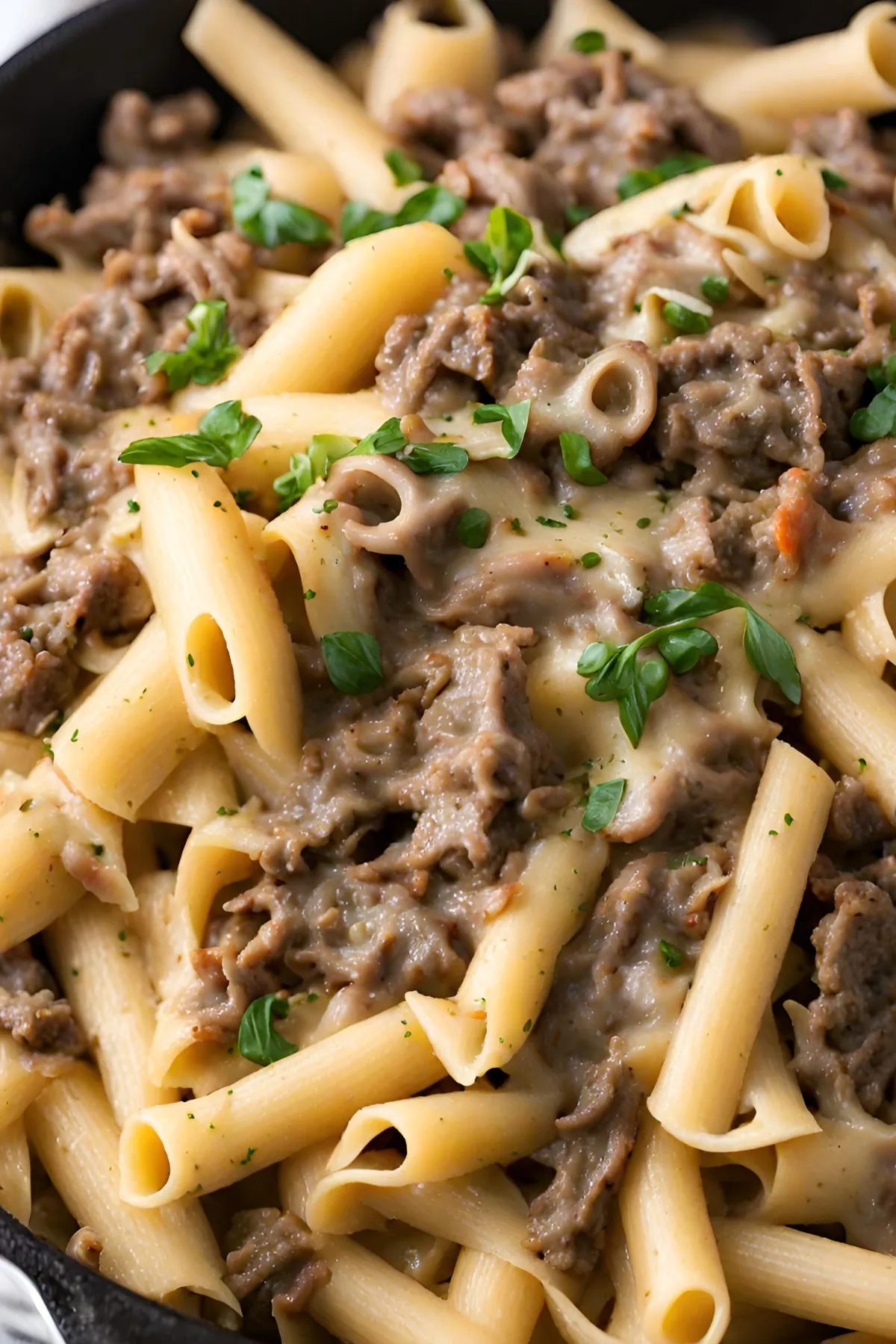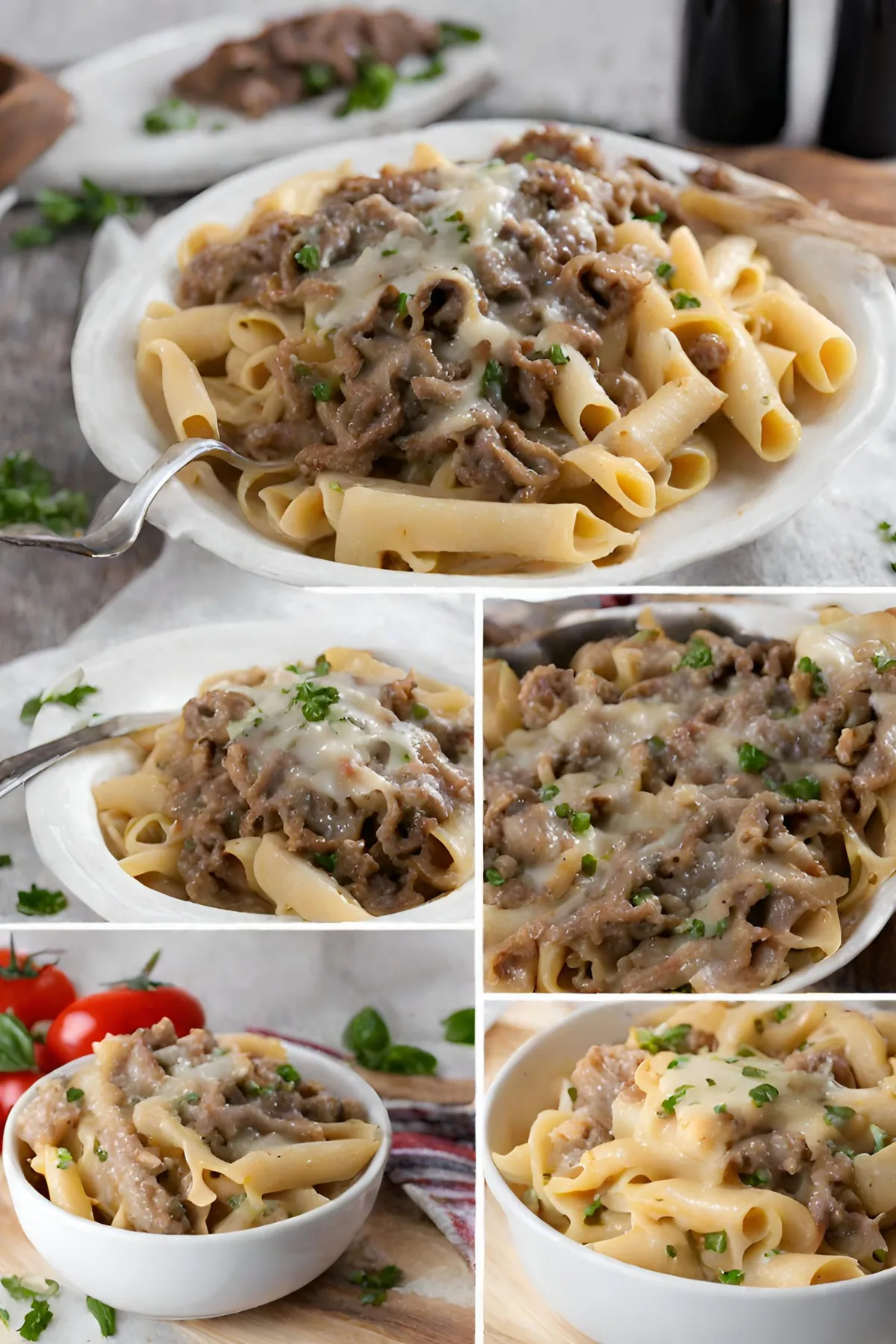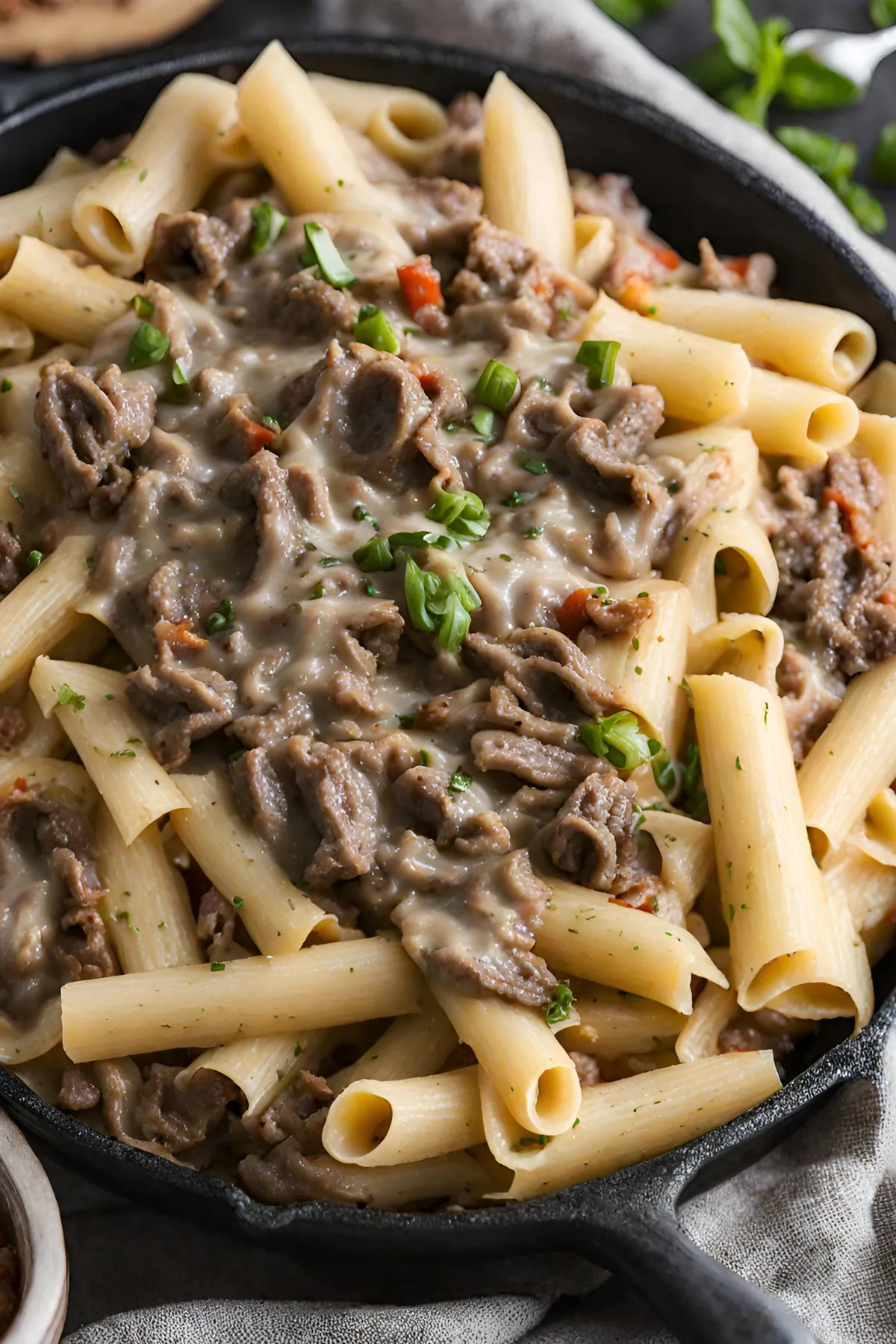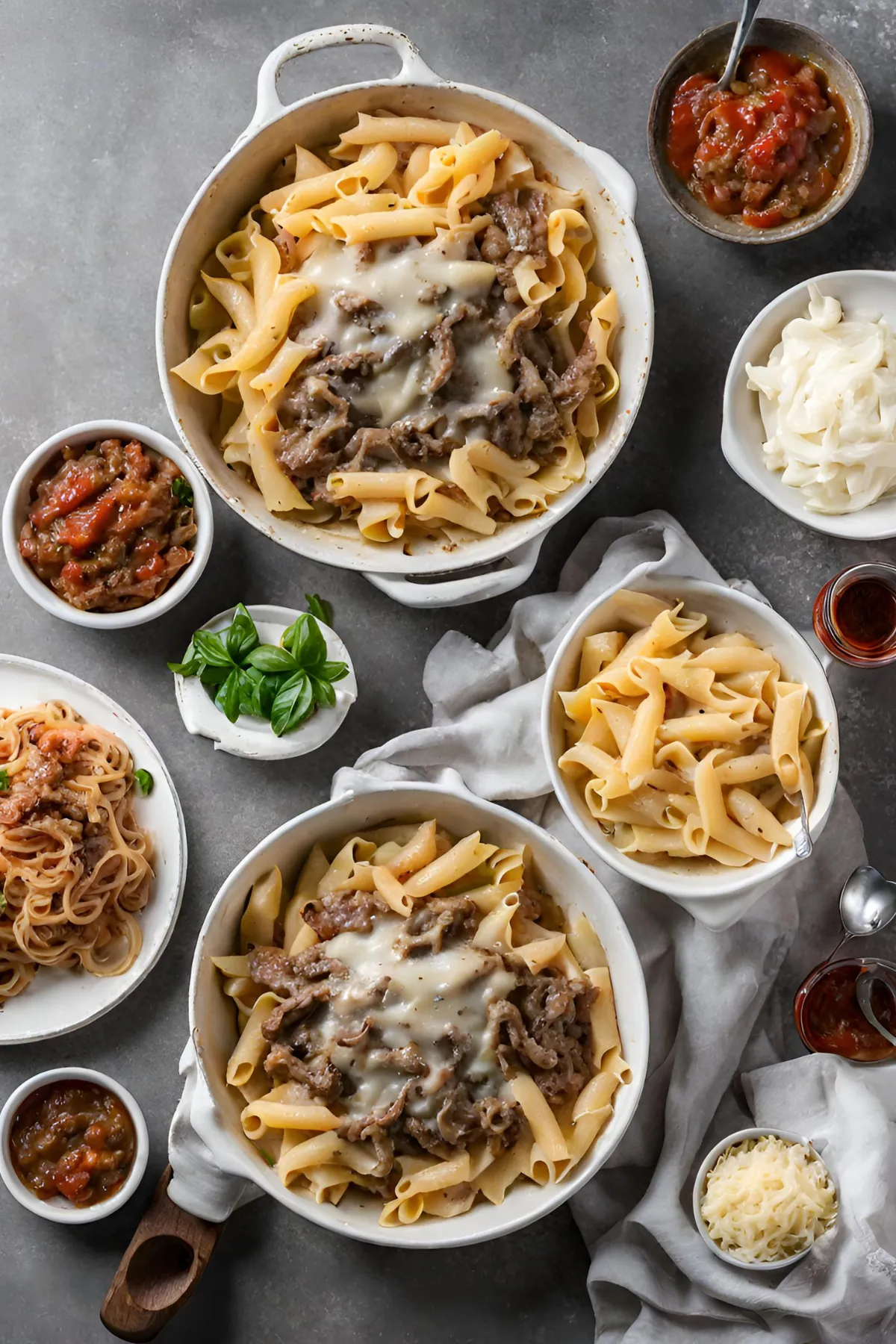The Ultimate Guide to Making Cheese Steak Pasta
Welcome to your new favorite dish: cheese steak pasta. This hearty and comforting meal combines the savory flavors of a classic Philly cheesesteak with the creamy richness of pasta, creating a perfect blend that’s sure to delight any palate. Whether you’re a fan of the traditional Philly cheesesteak or you’re looking for a new pasta dish to add to your repertoire, this guide will walk you through everything you need to know to create this delicious meal.
Variations and Adaptations
Cheese steak pasta has undergone various transformations, each bringing its unique twist to this beloved dish. From the classic Philly cheesesteak pasta, which mimics the flavors of the famous sandwich, to a creamy cheesesteak pasta variant that introduces a luxurious texture, there’s a version of this dish for everyone. For those looking for a leaner option, the ground beef Philly cheesesteak pasta provides a budget-friendly alternative without compromising on taste.
For an in-depth look at slicing steak perfectly for this dish, How to Slice Steak Thinly offers invaluable tips and techniques.
Understanding the Basics
Key Ingredients
The allure of cheese steak pasta lies in its harmonious blend of hearty and comforting ingredients. Central to the dish are thinly sliced steak, usually sirloin for its balance of flavor and tenderness, and a duo of cheeses—provolone and mozzarella—melding into a creamy, luscious sauce. The pasta, often a robust variety like penne or rotini, serves as the perfect canvas, capturing pockets of the cheesy sauce and tender morsels of meat. Aromatic vegetables, including onions and bell peppers, introduce a sweet and savory dimension reminiscent of a classic Philly cheesesteak.
Innovative twists on the traditional recipe cater to diverse tastes and dietary needs. For a lighter version, ground turkey or chicken can replace steak, maintaining the protein content without the heft. Vegetarian adaptations might feature portobello mushrooms, lending a meaty texture and rich flavor. For those avoiding dairy, nutritional yeast and dairy-free cheese alternatives offer a surprisingly cheesy umami. And, whole wheat or gluten-free pasta ensures that this comforting dish is accessible to all, without sacrificing taste or texture.
Cooking Techniques
Alternatively, the one-pot method simplifies the process further, cooking the pasta in the same vessel as the sauce. This technique not only imbues the pasta with the sauce’s robust flavors but also reduces kitchen cleanup. Both methods emphasize the importance of mise en place, or the preparation of ingredients ahead of cooking. This organizational step is crucial for a smooth cooking process, ensuring that all components come together at the right time and temperature, ultimately resulting in a dish that’s both delicious and well-balanced.

